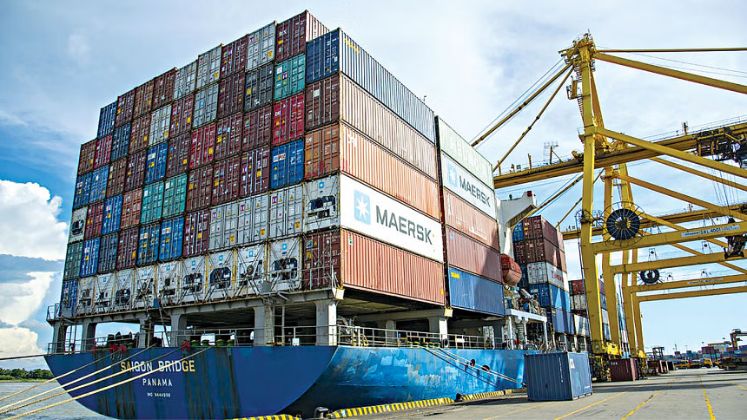
The export industry in Bangladesh had a mixed performance in April 2025. While total exports continued to rise during the first ten months of the fiscal year, garment exports appeared to slow down due to holiday interruptions and utility shortages.
According to the Export Promotion Bureau (EPB), apparel exports in April reached US $ 2.39 billion, marking a marginal increase of just 0.44 per cent compared to the same month last year. The modest growth was attributed to the prolonged Eid-ul-Fitr holiday and a severe gas crisis that hampered factory operations. Despite the slight increase, exports did not dip into negative territory, buoyed by a 5 per cent growth in knit products, while woven garment exports declined by 4.65 per cent during the month.
Over the July-April period of the current 2024-25 fiscal year, Bangladesh’s apparel exports totaled US $ 32.64 billion, an 11.09 per cent rise from US $ 29.38 billion in the same period last year. The overall export earnings in this period reached US $ 40.20 billion, up approximately 10 per cent from the previous year’s US $ 36.60 billion, driven predominantly by the readymade garment (RMG) sector, which accounts for over 85 per cent of total exports.
The RMG sector saw a 10 per cent increase, with woven products rising 9.17 per cent to US $ 15.18 billion, and knitwear jumping 10.74 per cent to US $ 17.45 billion. However, April’s weak performance, with exports growing by only 0.44 per cent to US $ 2.39 billion, raised concerns among exporters. Industry stakeholders cited the long Eid holidays, which reduced working days, as a key factor disrupting production and shipments. Additionally, a persistent gas and electricity shortage severely impacted factory operations, especially in industrial hubs like Gazipur and Narayanganj. Exporters have called on the Government to ensure an uninterrupted supply of utilities to sustain growth.
Apart from apparel, other sectors exhibited varied growth patterns. Leather and leather products increased by 10.08 percent to US $ 932 million, with leather footwear surging 26 per cent to US $ 545 million. Conversely, exports of other leather goods declined by 6 per cent. Jute and jute products fell 6.89 percent to US $ 685 million, while the home textile sector grew modestly by 4.25 per cent to US $ 740 million. Emerging sectors such as non-leather footwear experienced substantial growth of 31.32 per cent to US $ 446 million, driven by investments in synthetic and vegan footwear for Western markets.
Exporters, however, warn that continued utility shortages could hamper recovery and threaten the country’s position as a key global apparel supplier. While the sector demonstrated resilience over the first ten months, the short-term outlook remains cautious, with industry leaders emphasizing the need for stable utilities and policy support to maintain the growth trajectory.






